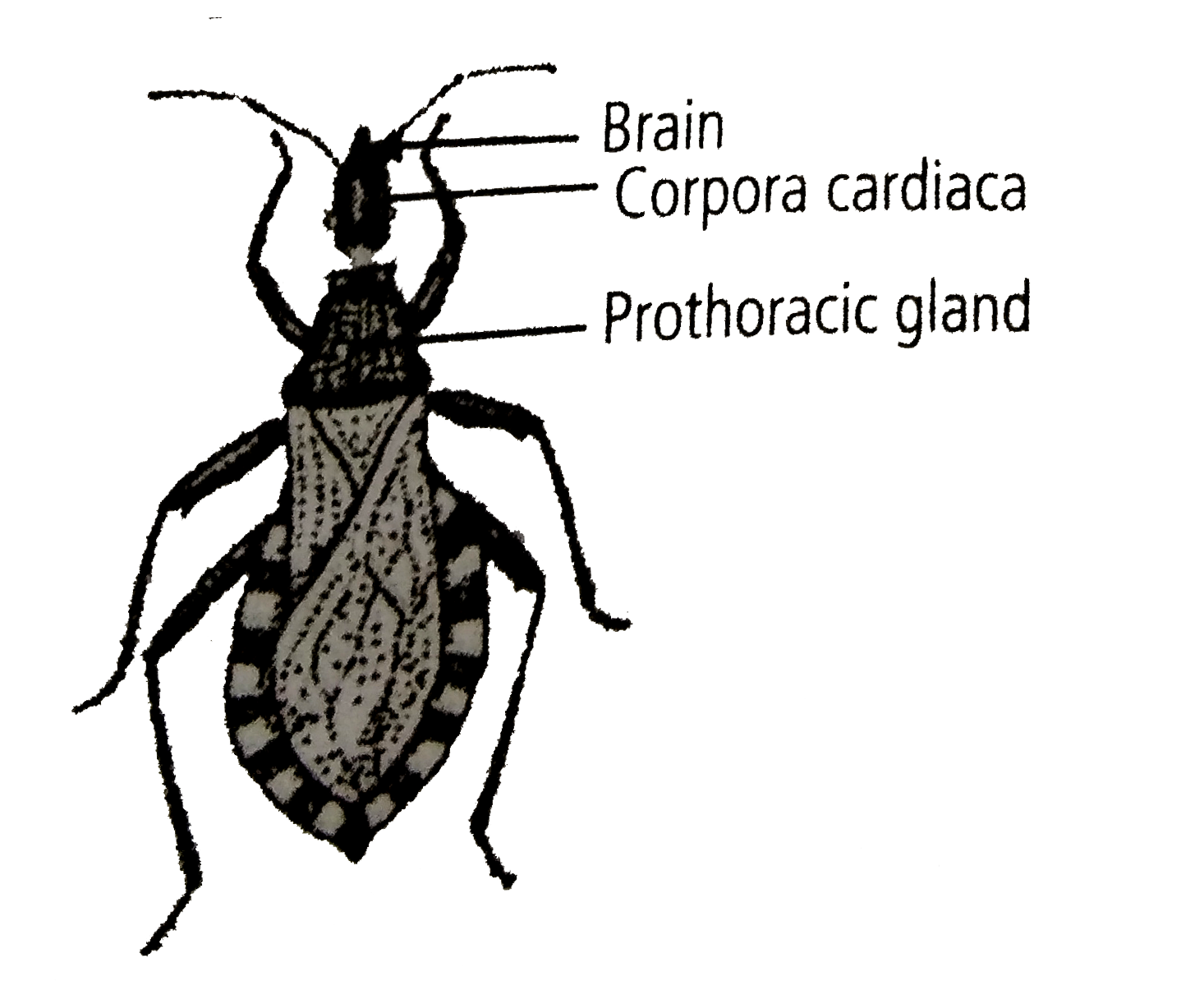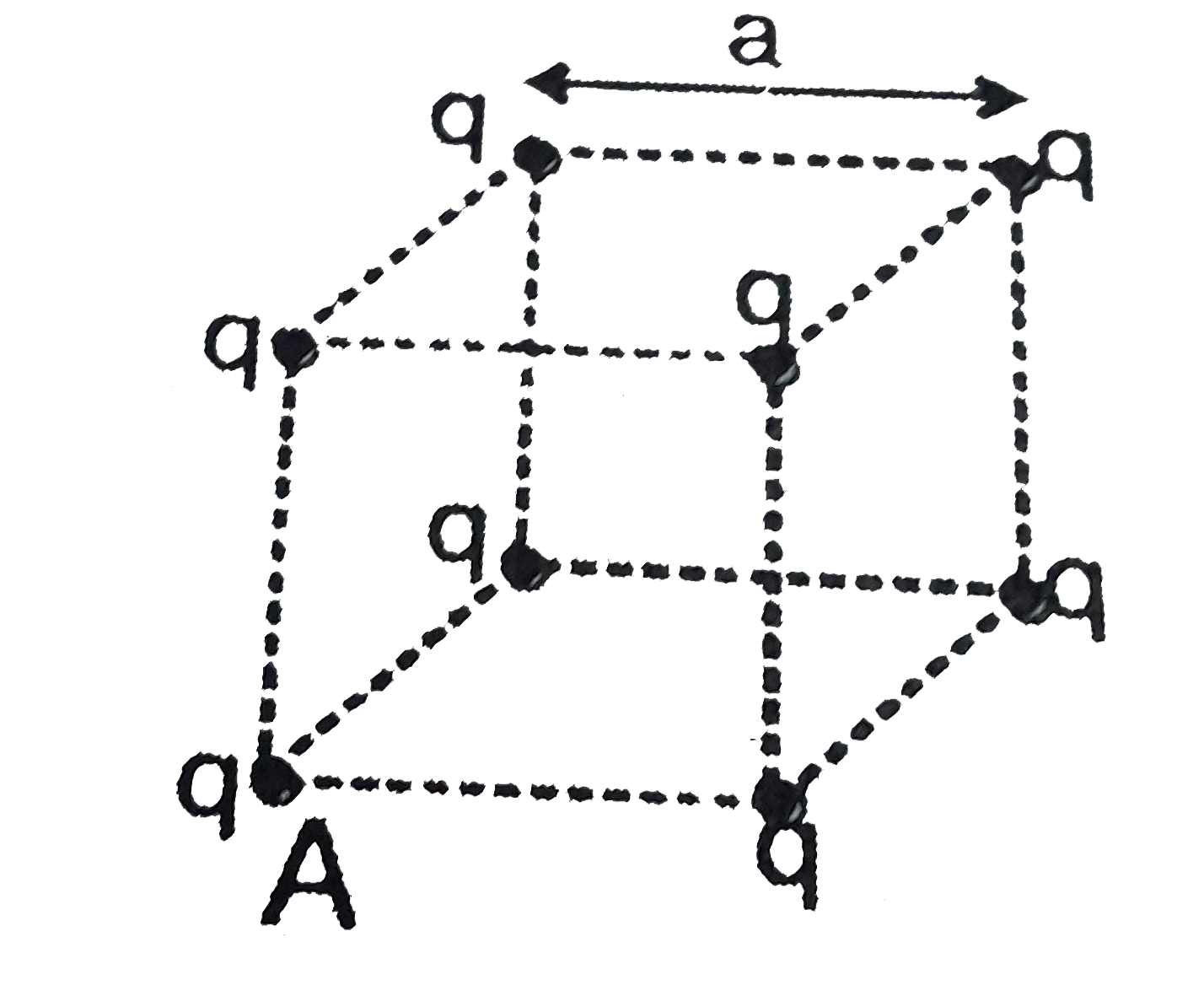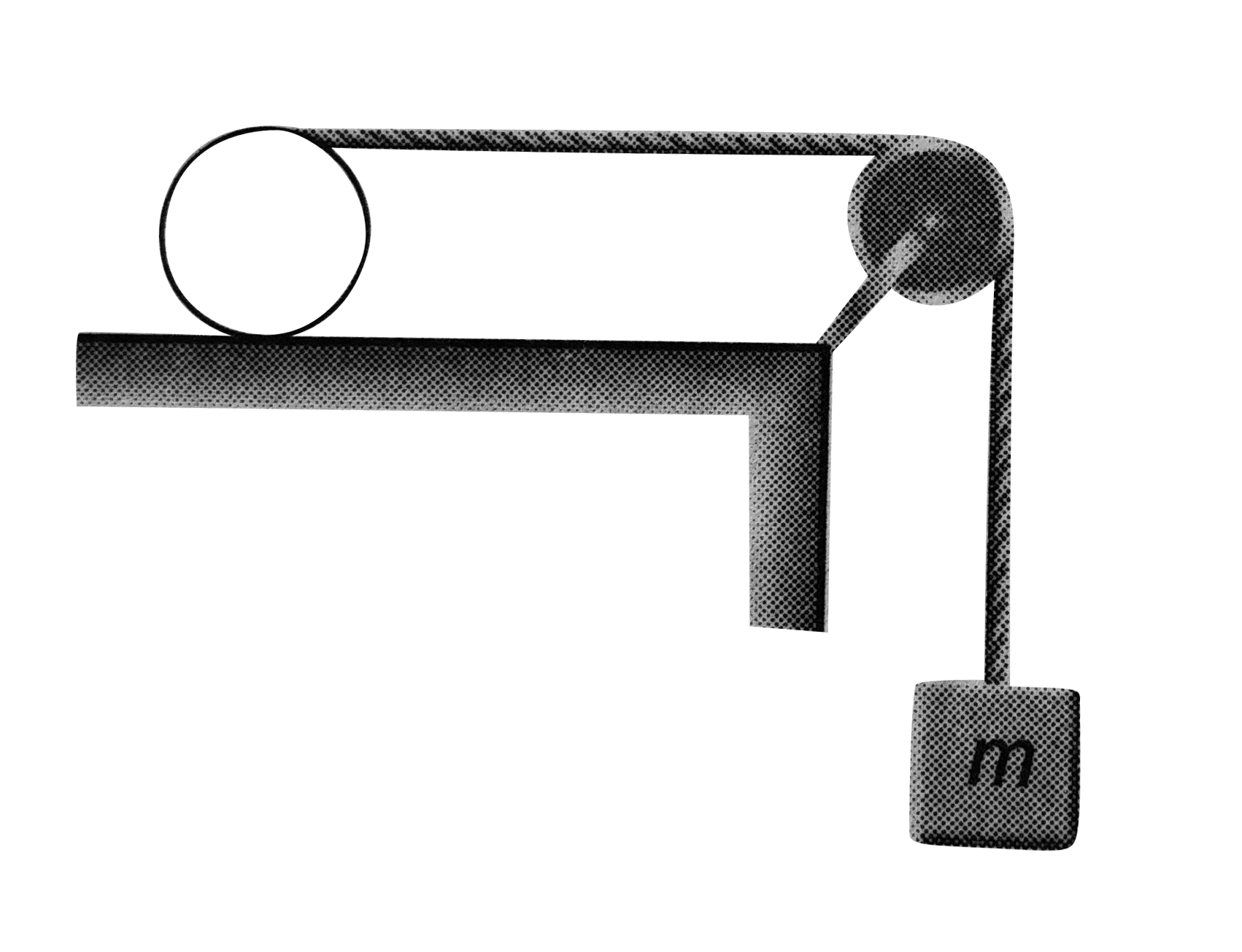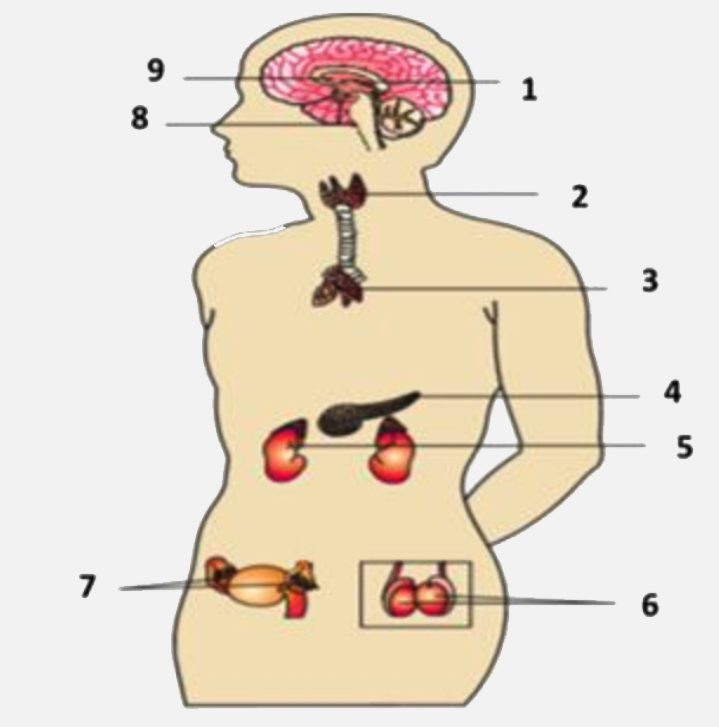Methane :
I. is produced naturally when vegetation is burnt, digested or rotted in the absence of oxygen
II. is released from rotting garbage dumps
III. is released in paddy field & coal mines
IV. is released by fossil fuels
only I
I, II and III
I,II , III and IV
I and IV
Step by step video & image solution for Methane : I. is produced naturally when vegetation is burnt, digested or rotted in the absence of oxygen II. is released from rotting garbage dumps III. is released in paddy field & coal mines IV. is released by fossil fuels by Chemistry experts to help you in doubts & scoring excellent marks in Class 12 exams.
Updated on:21/07/2023Topper's Solved these Questions
- ENVIRONMENTAL CHEMISTRYBOOK - VMC MODULES ENGLISHCHAPTER - ENVIRONMENTAL CHEMISTRYEXERCISE - Level-2
20 Videos
- ENVIRONMENTAL CHEMISTRYBOOK - VMC MODULES ENGLISHCHAPTER - ENVIRONMENTAL CHEMISTRYEXERCISE - JEE Main (Archive)
39 Videos
- ENVIRONMENTAL CHEMISTRYBOOK - VMC MODULES ENGLISHCHAPTER - ENVIRONMENTAL CHEMISTRYEXERCISE - JEE Main (Archive)
39 Videos
- ELECTROCHEMISTRYBOOK - VMC MODULES ENGLISHCHAPTER - ELECTROCHEMISTRYEXERCISE - IMPECCABLE
50 Videos
- HALOALKANES & HALOARENES BOOK - VMC MODULES ENGLISHCHAPTER - HALOALKANES & HALOARENES EXERCISE - IMPECCABLE
100 Videos
Similar Questions
Knowledge Check
Read the given passage and answer the questions that follows: Rhodinus, a blood-sucking bug, shows five instars before it metamorphoses into an adult. It ahs a very long head with the brain located at tip and an organ called Corpora Cardiaca (C C) behind it. The hormone that ensures the continuum of the juvenile stages is called a juvenile hormone. Behind the head is a pro - thoracic gland, which gets triggered by the Pro - Thoracico - Tropic Hormone (PTTH) to release ecdysone required for molting into an adult.

The following observations were made when the juveniles of this insect were subjected to various conditions :
1. Starved juveniles (any instar) when decapitated → remained juveniles and did not molt into adults.
2. Well-fed juveniles (any instar) when decapitated → molted into adults.
3. Starved juveniles (any instar) when partially decapitated to remove the brain cells → remained juveniles and did not molt into adults.
4. Well - fed juveniles (any instar) when partially deitated to remove the brain cells → did not molt into adults.
Which of the following conclusions can be drawn from this data ?
(i) Ecdysone hormone is produced irrespective of the level of feeding.
(ii) C C is the site of production of juvenile hormone.
(iii) PTTH is produced irrespective of the level of feeding.
(iv) Increase in juvenile hormone is an important trigger for production of PTTH.
(v) Absence of C C alone is a trigger for molting into adult form.
(vi) Well-fed larvae in absence of juvenile hotmone can molt into adults.A(i), (iii) (iv) and (v)B(ii), (iv) and (v)C(ii) and (vi)D(i) and (iv)
In one-dimensional kinematics, a particle can move strictly along a straight line. The description of motion of the particle can be done in two ways: (i) mathematical equation and (ii) graphs.
The choice of a particular method for solving a problem often depends upon the type and nature of problem, for example the graphical method provides more physical insight One dimensional motion is categorised into
1. motion with constant velocity
2. motion with constant acceleration, and
3. accelerated and de-accelerated motion
If you represent inotion (1) by the graph on position time and velocity-time coordinates, the graphs may look like as given below.
One very interesting case comes up, when a particle is thrown at a certain angle from the horizontal, the particle travels in the medium along a curved path, known as parabola. - The trajectory of the parabola written in the mathematical equation is given by
y=xtanθ−12gx2((v0cosθ))2
Ineglect resistance of medium and its motion where Vs and are the initial velocity of the projectile and the projection angle at the point of projection measured with the + x axis. There are some applications which we have seen in our life, like in many game shows, the theory of the projectile is always used An air gun is aimed at an elevated target, which is released in a free fall by some mechanism as the bullet leaves the nozzle. Irrespective of falling speed of object, the bullet will always hit the target.
QOut of the two methods, graphical method and mathematical equation, which gives you the better precision

View SolutionGiven below are the steps involved in parturition. Arrange them in proper sequence and select the correct option.
I. The induction of mild uterine contractions is called foetal ejection reflex.
II. Stronger uterine contractions causing the further release of oxytocin. III. Origination of signals from the fully developed foetus and placenta.
IV. Release of oxytocin from maternal pituitary
V. Expulsion of baby from the birth canal
(a) III , IV , I , II , V
(b) III, I , IV , II , V
(c) I, III , II , IV ,V
(d) II , IV , III, I,V
View SolutionEight equal point charges each of charge 'q' and mass 'm' are placed at eight corners of a cube of side 'a'.
(i) Find out potential energy of charge system
(ii) Find out work done by external agent against electrostatic forces and by electrostatic forces to increase all sides of cube from a to 2a.
(iii) If all the charges are released at rest, then find out their speed when are at the corners of cube of side 2a.
(vi) If keeping all other charges fixed, charge of corner 'A' is released then find out its speed when it is at infinite distance ?
(v) If all charges are released simultaneously from rest then find out their speed when they are at a very large distance from each other.

View SolutionEnergy is released when an electron is added to neutral isolated gaseous atom in its ground state to give monoanion and this is known as EA, or ΔegHɵ1. The greater the amount of energy released the greater is the EA. EA is expressed in eVaatom−1 or kcalorKkJmol−1.
The EA values of element depends on the following:
i. Nuclear charge
ii. Electroniv configuration
iii. Atomic size
iv. chemical environment
View Solution
in the given figure a ring of mass m is kept on a horizontal surface while a body of equal mass m si attached through string, which is wounded on the ring. When the system is released the ring rolls without slipping. consider the following statement and choose the correct options.
(i). Acceleration of centre of mass of ring is 2g3
(ii). acceleration of hanging particle is 4g3
(iii). Frictional force (on the ring) acts in backward direction.
(iv) . Frictional force (on the ring) acts in backward direction.
View SolutionAn aeroplane is flyind horizontally at a height of 2 km and with a velocity of 720 km/h. A bag containing ration is to be dropped to the Jawans on the ground then find out
(i) How far from the Jawans should the bag be released so that it falls directly over them
(ii) Time taken by bag to reach the ground
(iii) Velocity of bag when it reach the ground.
(iv) At which angle the bag will reaches the ground.
(v) What path of bag will be appeared to pilot
(vi) What path of bag will be appeared to Jawans.
(vii) Position of aeroplane when bag reaches to the Jawans.(g=10m/s2)
View SolutionCO2 is released into the atmosphere by :
I. respiration II. Burning of fossil fuels
III. Decomposition of limestone during the manufacture of cement
IV. Volcanic eruption
View Solution

